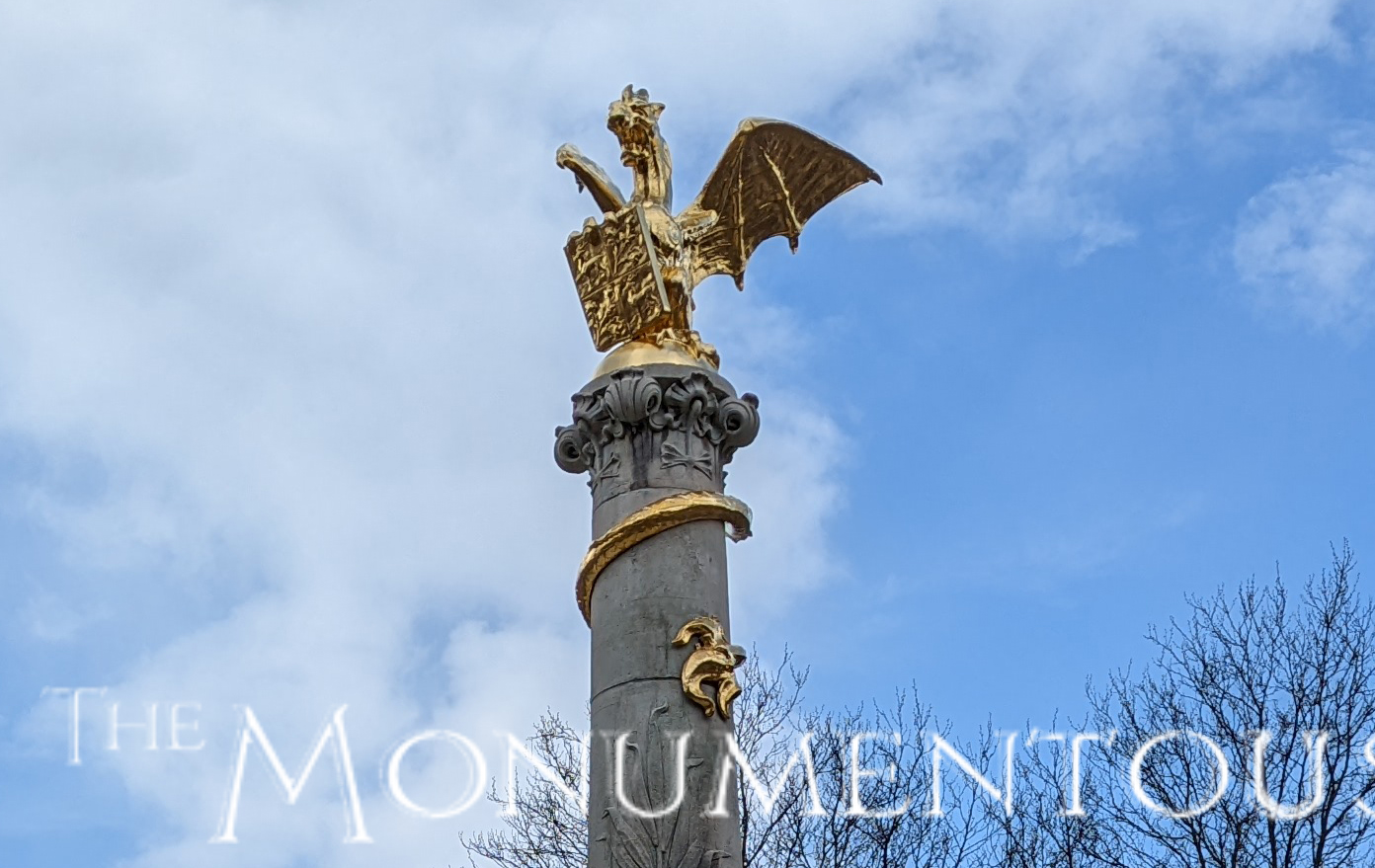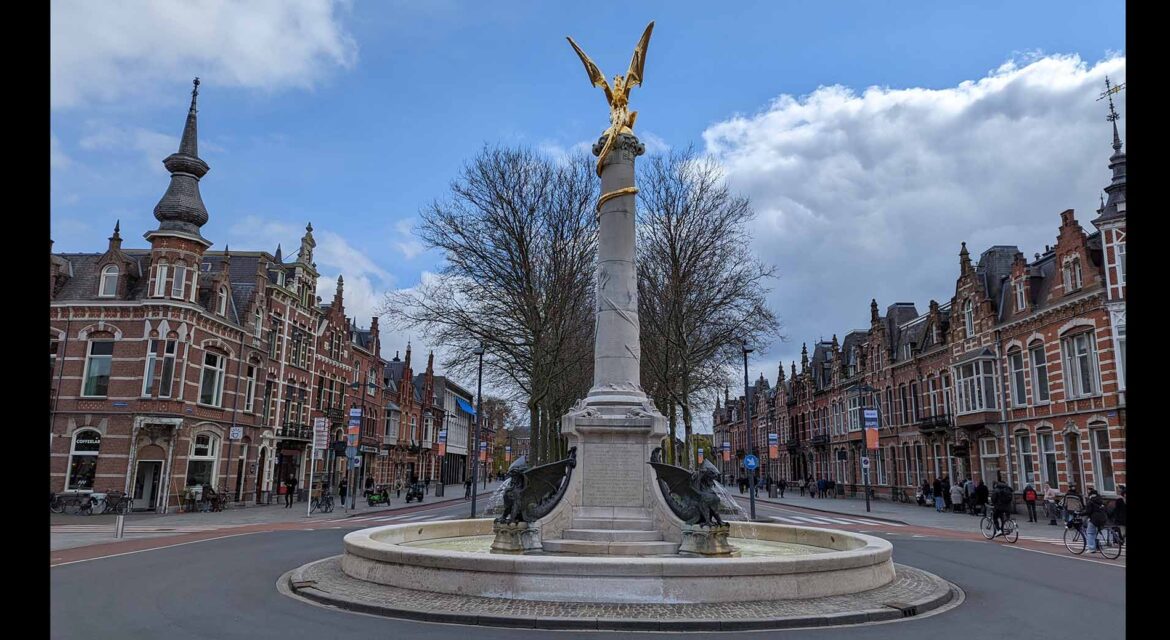 Recognized as the most famous fountain in Hertogenbosch, the Netherlands, the Dragon Fountain (Drakenfontein) is located directly outside of the city’s main station, providing audiences with an identifiable landmark as soon as they enter or leave the city. This distinctiveness as well as the imagination inherent across the piece have helped it to become an icon that supports the community and city in countless ways.
Recognized as the most famous fountain in Hertogenbosch, the Netherlands, the Dragon Fountain (Drakenfontein) is located directly outside of the city’s main station, providing audiences with an identifiable landmark as soon as they enter or leave the city. This distinctiveness as well as the imagination inherent across the piece have helped it to become an icon that supports the community and city in countless ways.

Fulfilling a Different Purpose for Hertogenbosch
 Created in 1903 as the result of a competition organized by the municipality, the Dragon Fountain was erected as a memorial for the twin daughters of Jonkheer Bosch van Drakesteijn. He donated the money that would fund this competition as well as for the creation of the monument itself. His last name (“draak” means dragon in English) in addition to the fact that in the 1600s, the Hertogenbosch area was called the Swamp Dragon, defined the design of the monument.
Created in 1903 as the result of a competition organized by the municipality, the Dragon Fountain was erected as a memorial for the twin daughters of Jonkheer Bosch van Drakesteijn. He donated the money that would fund this competition as well as for the creation of the monument itself. His last name (“draak” means dragon in English) in addition to the fact that in the 1600s, the Hertogenbosch area was called the Swamp Dragon, defined the design of the monument.
The golden dragon on top of the Dragon Fountain holds the Drakesteijn family coat of arms with symbols that mean ‘Virtute et Labore’ (By virtue and labor) in its claw. Four bronze dragons are at the base of the column along with other distinctive bronze panels.
All across the city of Hertogenbosch, images of the Dragon Fountain can be seen, providing organizations of all types with a powerful means of identity. In becoming an icon that is synonymous with the city itself, the Dragon Fountain highlights the power of an icon to impact a community in ways that cultivate attention, revenue and engagement.

The Dual Potential and Purpose of Monuments
 While the money that was intended to be utilized for a memorial would be utilized for that purpose, it also ended up being used to create an icon for all of Hertogenbosch. In doing so, the Dragon Fountain highlights the incredible potential monuments have to define a legacy for individuals and entire regions by simultaneously serving multiple purposes.
While the money that was intended to be utilized for a memorial would be utilized for that purpose, it also ended up being used to create an icon for all of Hertogenbosch. In doing so, the Dragon Fountain highlights the incredible potential monuments have to define a legacy for individuals and entire regions by simultaneously serving multiple purposes.

